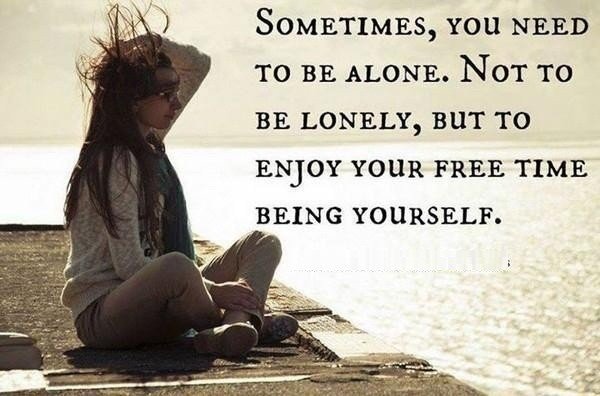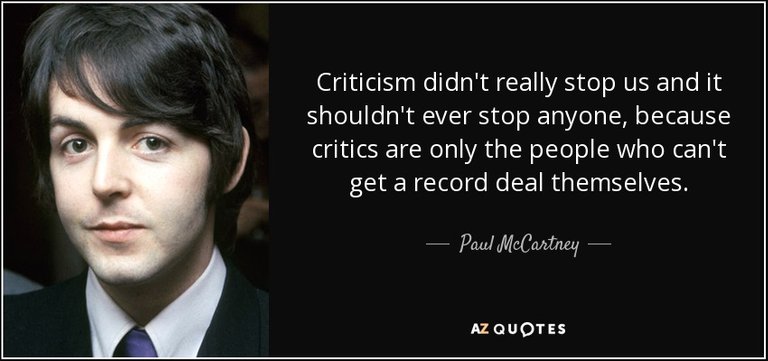First step:
Think about a scenario without failure. That is, when you are thinking about a problem or situation, imagine that you cannot fail. Think about options you normally wouldn't consider because you think they are risky. Think about what resources you would use if you could use anything, including people. How would you solve the problem if you had any option at your disposal?[1]
i) This exercise can open you up to different solutions. You may not be able to implement the exact solution you come up with, but you might be able to come up with a good substitute that you hadn't thought of before.
Second step:
Challenge assumptions:Sometimes the best way to use your imagination to find a creative solution is break down assumptions you've made about the problem. However, first you need to make a list of what those assumptions are.[2]
i) For instance, maybe your problem is that you need to fund a project, and the company doesn't have enough money. You've likely made the assumption that the project has to take a certain amount of money. You also probably assumed that the money needs to come from within the company.[3]
ii) However, try to challenge these ideas. Maybe the project could cost less if you took a different approach. On the other hand, maybe you could get funding from elsewhere, such as a donor or even a grant if it's a community project. Try to think outside the box.

Third step:
Spend some time alone. While it's tempting to immediately throw your problem out to a group, sometimes it's best to spend some time thinking over it yourself. Turn off the distractions, such as the television and the internet. Focus solely on the problem at hand
Fourth step:
Stop the criticism. You're probably you're own worst critic, which means you may stop yourself before you get to a solution. When a new idea pops into your head, don't immediately write it off as dumb. Take some time to consider it. You may be able to develop it into a better idea, one that becomes the perfect solution for your problem
Fifth step:
Brainstorm on your idea. Brainstorming can help open up your imagination so you can see different solutions. You can brainstorm in a group or alone; either way can help increase the number of ideas you come up with.[6]
i) For instance, you can try freewriting. Write your problem at the top of a page. Once you do that, just begin writing. Don't criticize or censor, just write whatever comes to your mind. Using this technique can help get your ideas flowing, as well as help you make connections you hadn't thought of. When you've spent at least 10 or 15 minutes freewriting or when you feel like you've reached a stopping point, look back over your writing and highlight or circle anything that might be useful.[7]
ii) Another way to brainstorm is to create a map or web. For instance, you can start with your problem in the center within a circle. Use a line to branch off the main idea with another idea. Group like ideas together with lines. Start new branches for new ideas. This technique is also good for making connections, especially since you can represent it visually.[8]
iii) In a group, be sure to brainstorm before you get together so you have some time to think. Make sure to censor any criticism, as that can stop people from bringing up ideas. The leader can throw out a topic or problem, and then the group can bounce ideas off of each other.[9]
Hi! I am a robot. I just upvoted you! I found similar content that readers might be interested in:
https://www.wikihow.com/Use-Your-Imagination